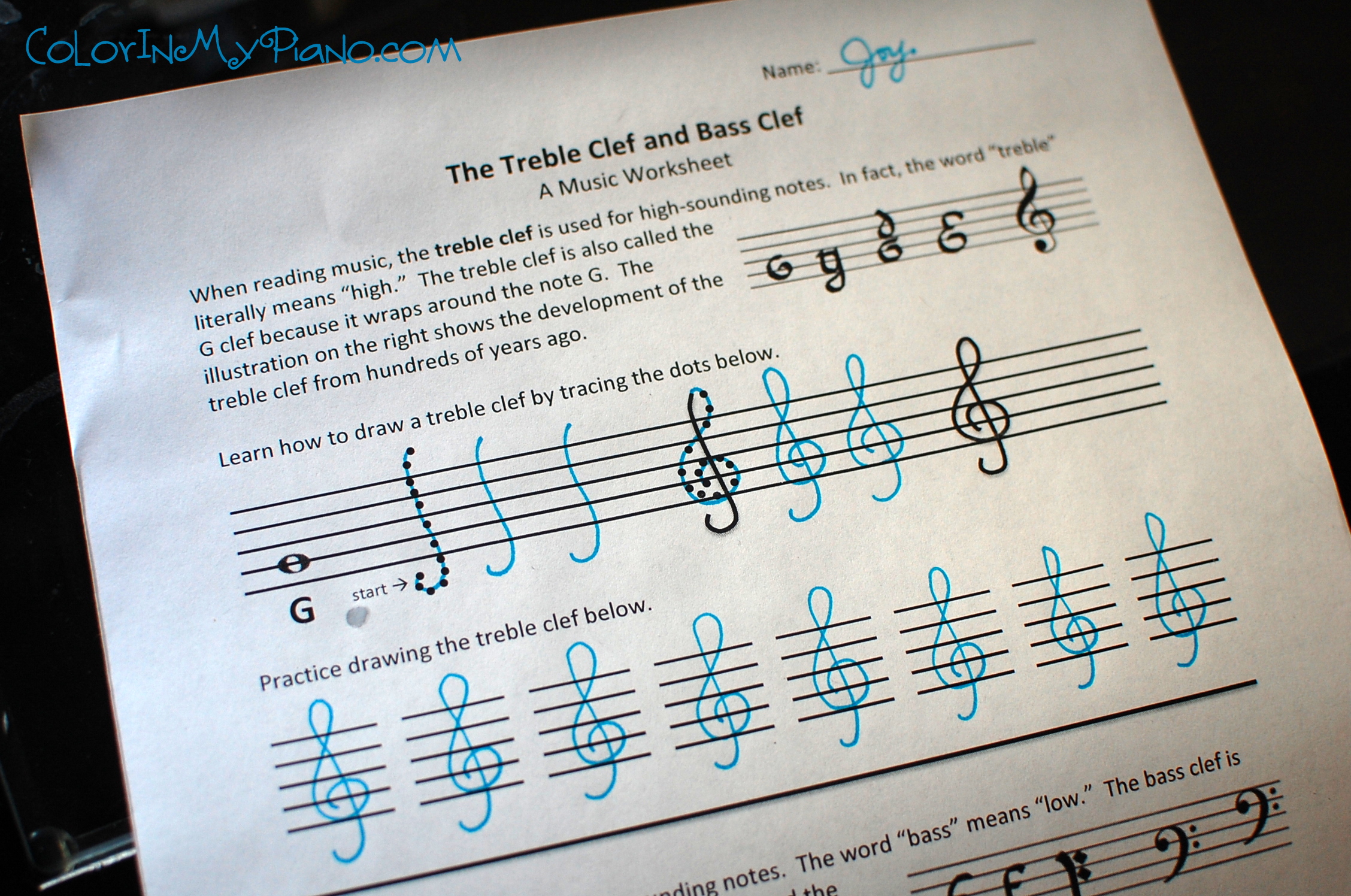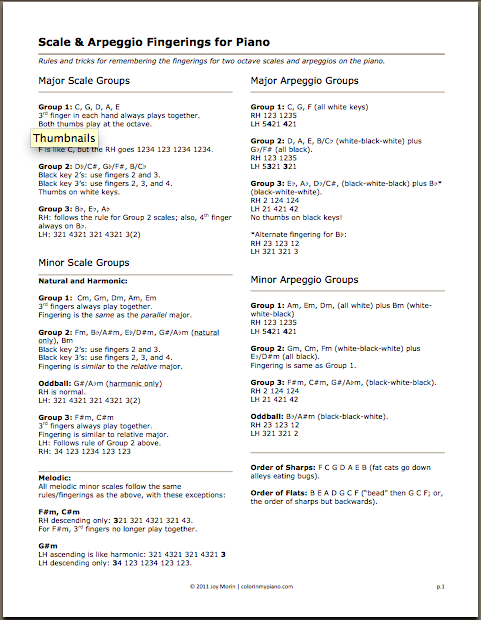Today, a new worksheet was added to the Printables page, all about the treble clef and bass clef!

This worksheet uses dotted lines to teach the student how to draw the treble clef and bass clef. I also included a couple of illustrations in this worksheet showing the development of the clefs over the centuries. Our modern clefs still bear some resemblance to the letters G and F, which can be a helpful tool for students for remembering those landmark notes. Students will find this bit of history interesting and memorable as they learn about the clefs!
To download this worksheet, please visit the Printables > Worksheets page and scroll down to the T’s for “Treble & Bass Clef Worksheet.” Enjoy!
P.S.: Don’t forget to enter the giveaways from last week if you haven’t already. Winners are going to be announced this week starting tomorrow!






 Happy Valentine’s Day! I have a free printable to share today…
Happy Valentine’s Day! I have a free printable to share today…





 With my Piano Readiness Class, we’ve been learning about staff notation. Last week, each student composed a mini-composition on the piano and then we together notated the piece. We used colorful markers to label the notes (A, B, C, etc) and also wrote in finger numbers, so they can continue playing their compositions at home. They loved the idea of being composers!
With my Piano Readiness Class, we’ve been learning about staff notation. Last week, each student composed a mini-composition on the piano and then we together notated the piece. We used colorful markers to label the notes (A, B, C, etc) and also wrote in finger numbers, so they can continue playing their compositions at home. They loved the idea of being composers!




 Some of you may remember the
Some of you may remember the 
 A new worksheet has just been added to the
A new worksheet has just been added to the 


